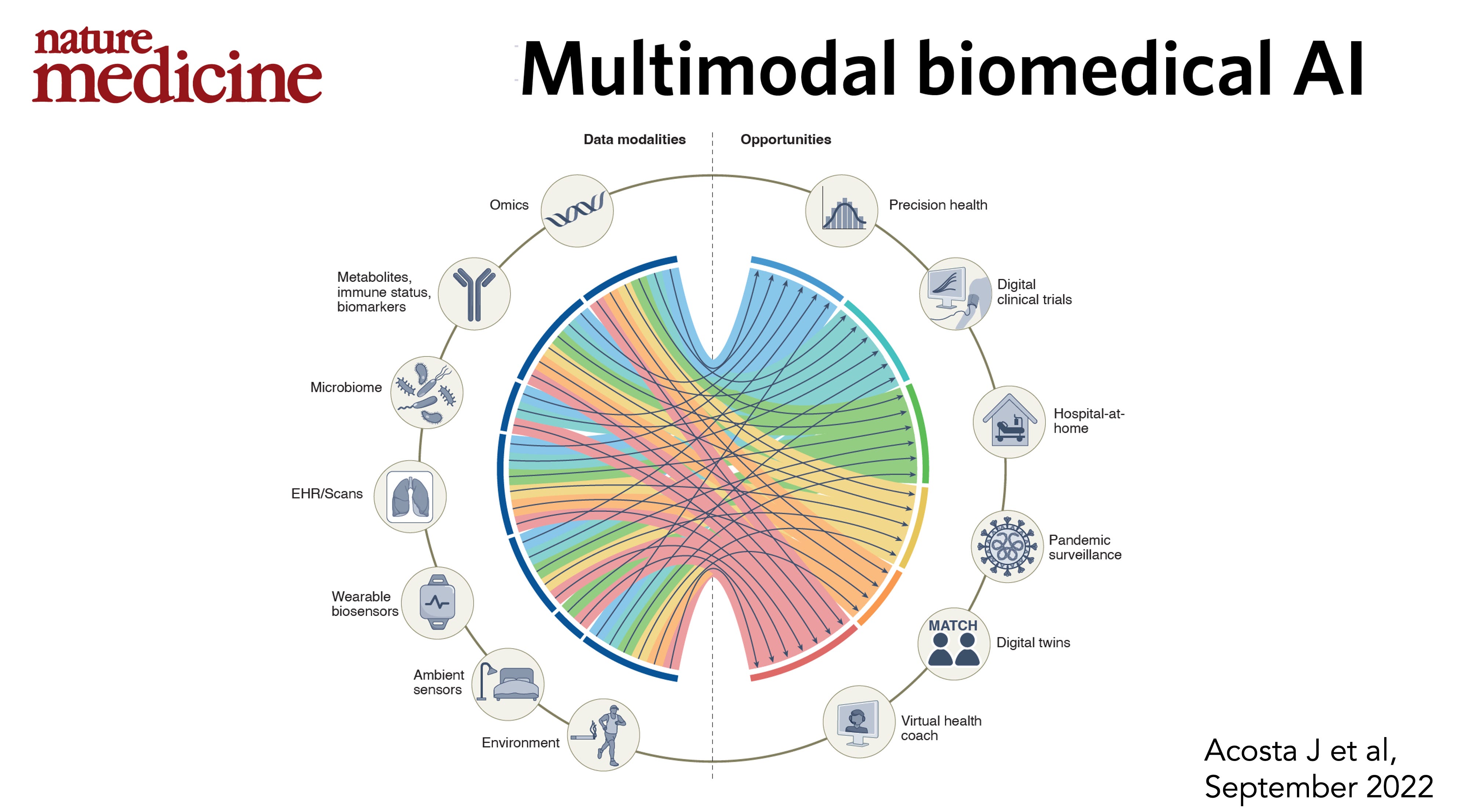
.- The Rise of Multimodal AI: Unleashing the Power of Text, Image, and Audio.- The Rise of Multimodal AI: Unleashing the Power of Text, Image, and Audio The advent of multimodal AI marks a pivotal moment in the evolution of artificial intelligence, unlocking unprecedented possibilities for human-AI interaction and driving transformative advancements in various domains. Multimodal Fusion: Bridging the Gap Multimodal AI empowers systems to simultaneously process and understand different types of data, including text, images, audio, and even video. This ability to fuse multiple modalities bridges the gap between traditional AI models, which often operate in isolation on specific data types. Enhanced Contextual Understanding By combining text, image, and audio inputs, multimodal AI gains a deeper understanding of context. For example, an image of a person can be analyzed alongside their corresponding speech to generate a more accurate interpretation of their emotions or intentions. Improved Decision-Making Multimodal AI can make more informed decisions by leveraging multiple sources of information. In healthcare, for instance, a multimodal AI system can analyze a patient’s medical history, X-rays, and audio recordings to provide personalized treatment recommendations. Personalized Experiences Multimodal AI enables the creation of highly personalized experiences for users. By combining data from different modalities, such as browsing history, voice commands, and facial recognition, AI systems can tailor interactions to individual preferences and context. Applications Across Industries The applications of multimodal AI extend across a wide range of industries: * E-commerce: Product recommendations based on combined text and image analysis * Media and Entertainment: Personalized content curation and recommendation * Healthcare: Enhanced medical diagnosis and treatment planning * Transportation: Autonomous vehicles that interpret visual and auditory cues * Customer Service: Multimodal communication channels for improved support Challenges and Future Directions While multimodal AI holds immense potential, it also poses challenges: * Data Integration: Combining data from different modalities requires careful integration and alignment. * Bias Mitigation: Multimodal AI systems can inherit biases from the underlying data sources. * Computational Complexity: Processing large volumes of multimodal data can be computationally expensive. Despite these challenges, the future of multimodal AI is bright. Ongoing research and advancements in deep learning, natural language processing, and computer vision will continue to drive its capabilities. As multimodal AI becomes more sophisticated, we can expect even greater strides in personalized experiences, decision-making, and transformative applications in various fields.
Posted inNews